Overview
Trail season doesn’t just test your skills — it tests your rig. Every climb, every muddy crossing, every rocky descent puts stress on parts you don’t always see… That’s why a vehicle maintenance checklist isn’t a nice-to-have, it’s essential. The miles add up, the mud packs in, and the strain carries over long after the trail dust settles.
Between every season there’s a window where smart off-roaders stop and take stock. It’s not about waiting for something to break — it’s about staying ahead of it. The best off road driving safety tips always start with routine checks, because conditions shift: mud in the fall, snow in the winter, heat in the summer. Each leaves its own mark, and if you don’t address it, you’ll pay for it the next time you hit the trail.
The good news is that prevention is simple. With a sharp eye, a few car maintenance tips, and a rhythm of checking your Jeep, Toyota, Ford, or GM between seasons, you can keep your rig ready without losing trail time. This habit isn’t about being cautious — it’s about making sure the fun never stops when the terrain gets rough.
Table of Contents
- Off-road driving safety tips you’ll wish you knew sooner
- Five things you should always check at the end of summer
- What summer wear and tear is doing to your rig (and why it matters)
- How to prepare your off-roader for the coming fall season
- The one checklist every serious driver should keep

Off road Driving Safety Tips: Vehicle Maintenance Checklist
Most rigs don’t fail on the trail because of catastrophic parts — they fail because of the small, overlooked stuff. A loose bushing, a frayed brake line, a mount that looked “fine” until it split. That’s why seasoned drivers treat a pre road trip inspection the same way climbers check ropes: it’s not optional, it’s survival.
And here’s where the line matters. Our original vehicle maintenance checklist post covers all the basics: the off roading essentials, the car maintenance tips for older vehicles, and the rhythm every driver — new or experienced — should keep year-round. That post is about fundamentals. Think of it as the “owner’s manual that actually works for anyone who drives”.
This post? Different mission… This is the advanced follow-up — what you need once you’ve lived through summer’s heat, dust, and ruts, and now you’re pointing your rig into fall mud and moisture. These aren’t generic vehicle care tips. This is the seasonal deep dive that reveals what summer wear already weakened and what fall will punish next.
In short: read the general checklist first to build your baseline. Then use this one to catch the five trail-specific issues that even experienced drivers tend to miss.
#1 – Inspect Steering Box Mounts and Bushings
Why Steering Box Mounts Crack After Summer Off Road Driving
Steering box mounts are like the unsung heroes of your rig — until they’re not. After a summer of dry trails, rock gardens, and washboard roads, those mounts have absorbed thousands of pounds of lateral force every time you cranked the wheel at full lock. The problem? Factory mounts on Jeeps, Toyotas, and GMs weren’t designed for months of binding torque under oversized tires. The result is stress fractures along the frame rails and flex you can actually feel in the steering wheel.
It usually starts subtle: vague steering, a delay between wheel input and tire response, or that unnerving drift on highway grooves. Ignore it long enough, and the mount can crack completely, leaving your steering box to twist under load. Think “white-knuckling down a canyon trail while your steering feels like overcooked spaghetti.” Yeah — not fun.
Bushings Wear: Symptoms, Clunks, and How Often Should You Maintain Your Car
After summer heat and trail grit, rubber and even polyurethane bushings dry, split, or deform. The science is simple: suspension cycles multiply in hot weather because the terrain is looser and drivers tend to push harder in dry conditions. That cycling creates micro-tears, and once trail dust gets into those tears, wear accelerates fast.
The symptoms? A dull “clunk” over small bumps, uneven tire wear, or the feeling that your axle is shifting a half inch before your steering catches up. These are the ghosts of worn bushings, and they don’t fix themselves. For some rigs, replacement is needed yearly; others can stretch it longer depending on trail abuse. There’s no universal mileage marker — inspection is the only real answer.
If you want a quick technical deep dive, Flatout Offroad has a great breakdown on the symptoms of worn bushings. It’s worth skimming just to see how many of those “normal noises” aren’t actually normal — and why ignoring them can spiral into bigger issues like “how much does it cost to fix four wheel drive” repairs.
Off Road Mods That Reinforce Steering for Safer Driving
Here’s the part that separates weekend warriors from long-haul trail rigs: reinforcement.
Even if your mounts aren’t cracked yet, reinforcing them with aftermarket mounts is one of the smartest jeep offroad parts investments you can make. Combine that with upgraded bushings that resist deformation under load, and your steering system suddenly feels decades newer.
That’s exactly why we built our own collections of bushings and steering box mounts — gear designed to kill flex before it kills your trail day. These aren’t shiny bolt-ons for bragging rights… They're structural insurance. Once installed, the steering wheel finally feels connected again, and that wandering Jeep or Toyota suddenly tracks like it should.
If you’re building with bigger tires or pairing with jeep accessories like heavy-duty bumpers, steering reinforcements move from “nice upgrade” to “critical.” And for those pushing modified Toyotas or GMs, pairing mounts and bushings with high-quality aftermarket parts means the difference between predictable handling and chasing phantom steering wobble all season.
And here’s a fun fact for anyone who loves numbers: a reinforced steering box mount can reduce deflection under load by as much as 30%. That’s the difference between fighting a wheel on every rocky climb and casually steering through it with one hand on the grip and the other on your coffee.
#2 – Check Armor Damage and Replace Plates
Off Road Body Armor: Which Scars Matter
Every scar on your rig tells a story, but some dents are more than trail trophies. A scraped jeep skid plate from sliding over shale is one thing — a punctured toyota 4runner skid plate that left your oil pan exposed is another. Factory plates on rigs are thin steel at best... And after a summer of high-centering, their job might already be done — they’ve bent, warped, or cracked enough that they’re no longer protecting what matters.
Statistically, skid plates take the brunt of 60–70% of undercarriage hits during technical crawling. That means they’re sacrificial by design. But once bent past a certain point, they create clearance issues and channel impacts directly into the frame rails.
That’s why seasoned drivers say: admire the scars, then check if the armor still does its job.
Car Tips for Every Vehicle Owner: Repair, Replace, or Upgrade?
If you’re rolling a stock Jeep, Toyota, or GM, your first real protection isn’t lights or racks — it’s jeep body armor and skid plates. The body armor jeep crowd knows this: once you bolt on jeep wrangler armor, you stop worrying about every crunch under your seat.
When that armor takes a hit, you’ve got two choices. Repair light dents with heat, hammer, and paint if the plate’s integrity holds. But if cracks form near mounts, or a skid plate jeep folds into your driveline, it’s time to upgrade. And “upgrade” almost always means aftermarket.
Steel plates suit rigs that take constant abuse. Aluminum works better when weight and rust resistance matter — especially on overlanders running long distances. That’s why we built collections like armor protection and skid plates — so you can choose the right solution, not just the only one.

#3 – Brake Line Safety & Fluids 101
What to Check Before Road Trip: When It Comes to Brake Lines
Your rig’s armor might take the hits, but your brake lines are what stop you from becoming the next cautionary tale. Every pre road trip inspection should start by tracing each line from the master cylinder to the calipers. Look for rust, kinks, and swelling at the fittings — weak spots that expand under pressure and steal pedal feel. A stock rubber line can balloon by nearly 15% under hard braking, which means the fluid moves but the caliper doesn’t bite.
When in doubt, compare the response: firm pedal with no travel creep means solid lines. A soft, sinking pedal? That’s internal failure — not air, not pads — but the line itself giving up. MotorTrend actually has an article that dives into choosing different types of brake lines, weighing materials and design.
Keep Your 4x4 Stopping Strong
Here’s where the upgrades matter. Stainless braided lines don’t just look good; they cut expansion down to nearly zero. That means consistent braking even after a full day of descents where heat builds and fluids thin. Pairing new lines with fresh DOT 4 fluid raises your boiling point from around 401°F to 446°F — the margin that keeps brakes from fading when your buddy’s rig already smells like burning pads.
And if you’re building a rig that already runs heavy jeep accessories, racks, or armor, stronger brakes aren’t optional — they’re survival. That’s why we’ve built collections of brake lines for Jeep, Toyota, and GM vehicles. You’ll find direct-fit options built to take trail abuse without chafing or flexing, and they’re one of the few upgrades that improve safety as much as performance.
In short? Skid plates protect your oil pan.
Brake lines protect your life.
Don’t wait until the pedal hits the floor to learn the difference.
#4 – Body Mounts: The Silent Trail Killer
Why Cracked Mounts Undermine Vehicle Care
Body mounts don’t just cushion the ride — they’re the glue between your rig’s frame and cab. Once they crack, the entire vehicle starts to shift in ways you can’t ignore. At first, it’s subtle: a squeak when turning into a driveway, a door that needs a harder slam, or a tailgate that rattles on washboard roads. That’s the cab moving out of alignment on the frame.
Keep pushing, and the problems stack up fast. The steering column, bolted to the body but connected to a frame-mounted box, begins to bind or feel off-center. Vibrations that mounts used to absorb now transfer straight into the cab, making the ride harsher and fatiguing weld seams over time. In fact, studies show that vibration transfer can increase by 30–40% once isolators fail — and that’s not just uncomfortable, it’s destructive.
Ignore cracked mounts long enough and you’ll see stress fractures at body seams, uneven panel gaps, and even misalignment that makes suspension geometry harder to tune. It’s the definition of a “silent killer” — nothing snaps suddenly, but every mile erodes the integrity of your rig until something more expensive breaks.
Off Road Upgrades That Reinforce Body and Frame Integrity
So when do you act? If you hear clunks when shifting weight, see daylight cracks in the rubber, or feel your steering wheel shimmy more than usual, it’s past time. Replacing with stock parts only resets the clock.
Upgrading mounts doesn’t just restore alignment — it doubles service life in most rigs.
That’s why we built our body mounts collection: not flashy jeep aftermarket parts, but the foundation that keeps your rig from eating itself alive. Whether you’re pushing a loaded overlander Toyota or even heavy gm, strong mounts mean the frame carries the stress — not your body panels.
#5 – Evaluate Suspension Wear
Car Maintenance Tips for Suspension Play, Sag, and Noise
You don’t need a lift or a full shop to spot suspension issues. Start with a bounce test: push down hard on each corner of your rig and let go. One rebound = good. Multiple bounces = tired shocks. Next, eyeball your ride height: if one corner sits lower than the rest, that’s spring sag. Finally, listen during slow-speed turns or speed bumps — clunks, squeaks, or pops almost always mean worn bushings or ball joints. These simple steps are the kind of off-road driving safety tips for beginners that prevent small problems from becoming “tow-truck” days.
If your rig runs jeep with armor like jku skid plates or heavy toyota 4runner accessories, extra weight accelerates sag. A quick driveway check once per season tells you if it’s time for attention before that added stress snowballs into bigger repairs.
Off-Road Mods That Protect Suspension From Trail Abuse
When it’s time to act, upgrades make a huge difference. Basic helpers include bump-stop extensions to prevent bottoming out, stronger shocks tuned for trail use, and adjustable track bars to keep axles centered after adding lift or armor. For explorers who air down often, pairing suspension with an arb air compressor keeps tires at the right PSI so your shocks don’t work overtime.
If you’re unsure where to start, our steering & suspension collection highlights direct-fit jeep aftermarket parts, 4runner offroad parts, and gm aftermarket parts built to handle trail abuse. Even replacing tired bushings or shocks with quality gear can restore factory feel — and it’s one of the best mods for a truck that pays back every mile in safety and comfort.

Final Thoughts
Trail season doesn’t wait, and neither should your prep. From steering mounts to suspension, each of these checks buys you more than peace of mind — they keep your rig safe, responsive, and ready for every mile of dirt, rock, and mud. The big lesson? Don’t let summer’s wear roll into fall unchallenged. Address the weak spots now, and you’ll spend the rest of the season enjoying the trail instead of fixing what broke on it.
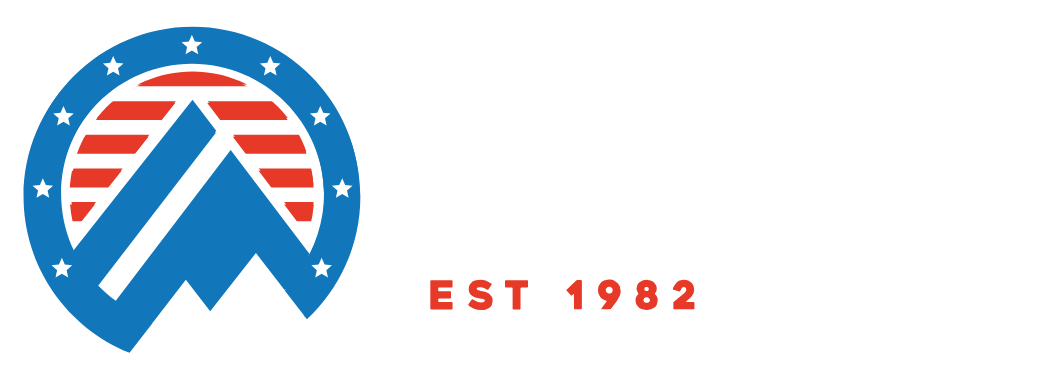
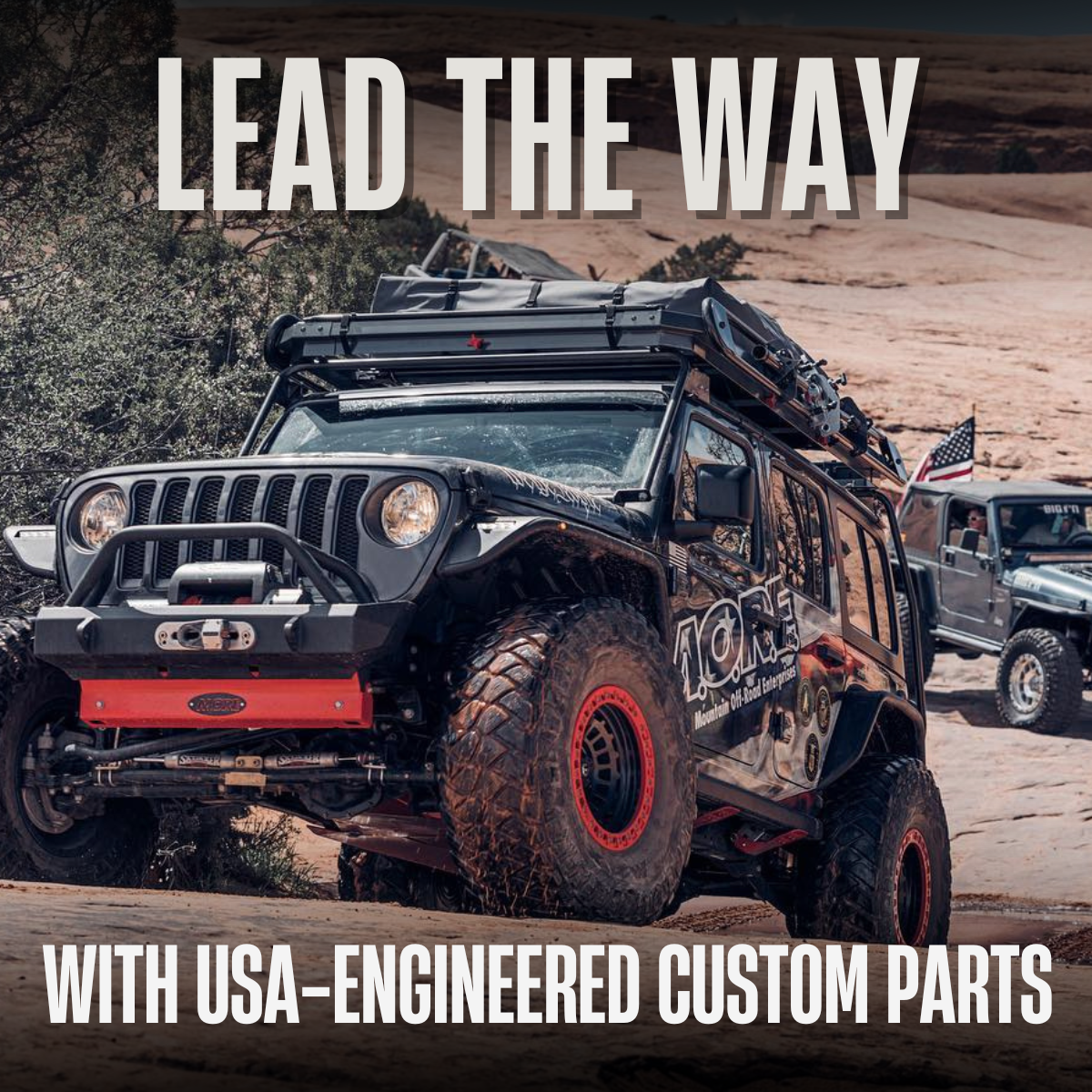
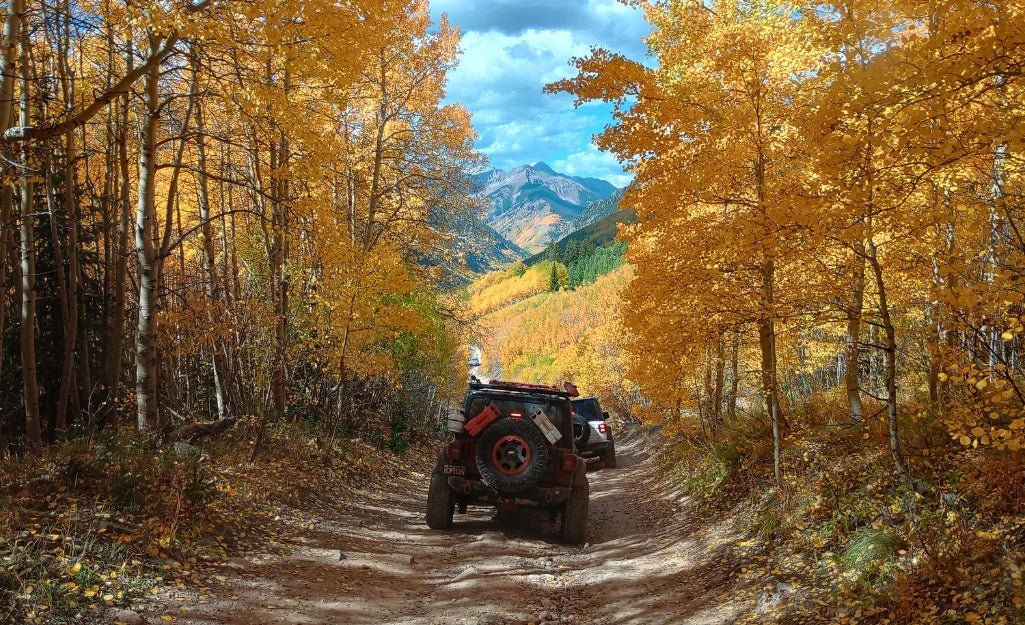
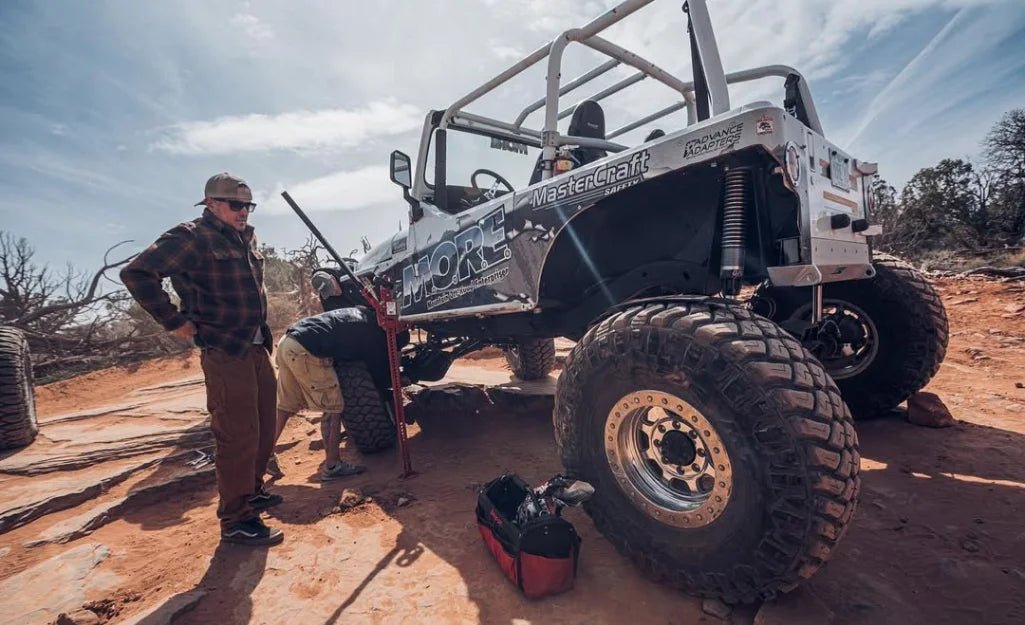
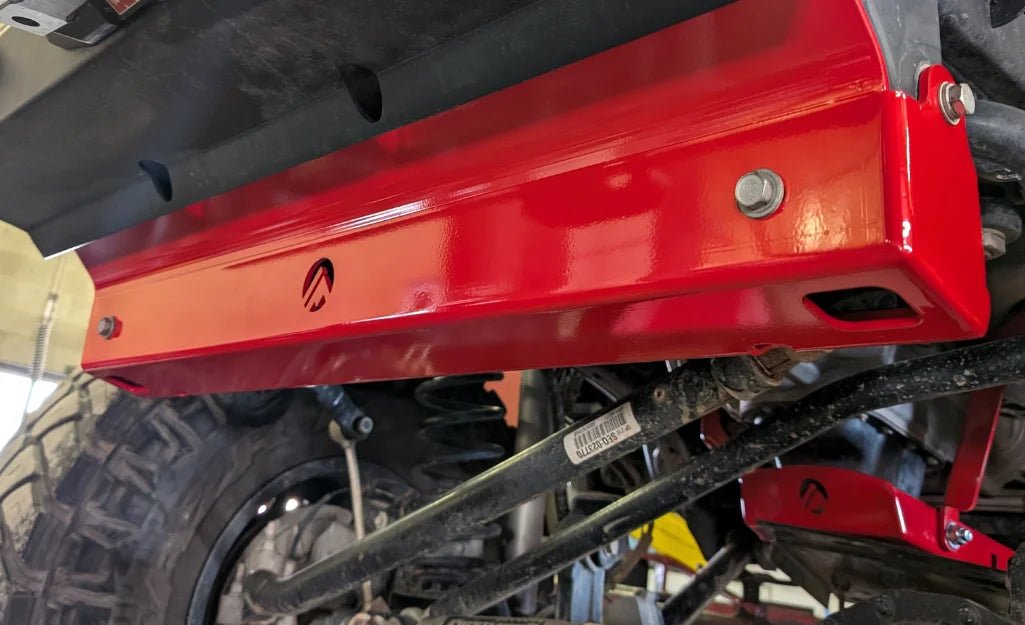
Leave a comment
This site is protected by hCaptcha and the hCaptcha Privacy Policy and Terms of Service apply.